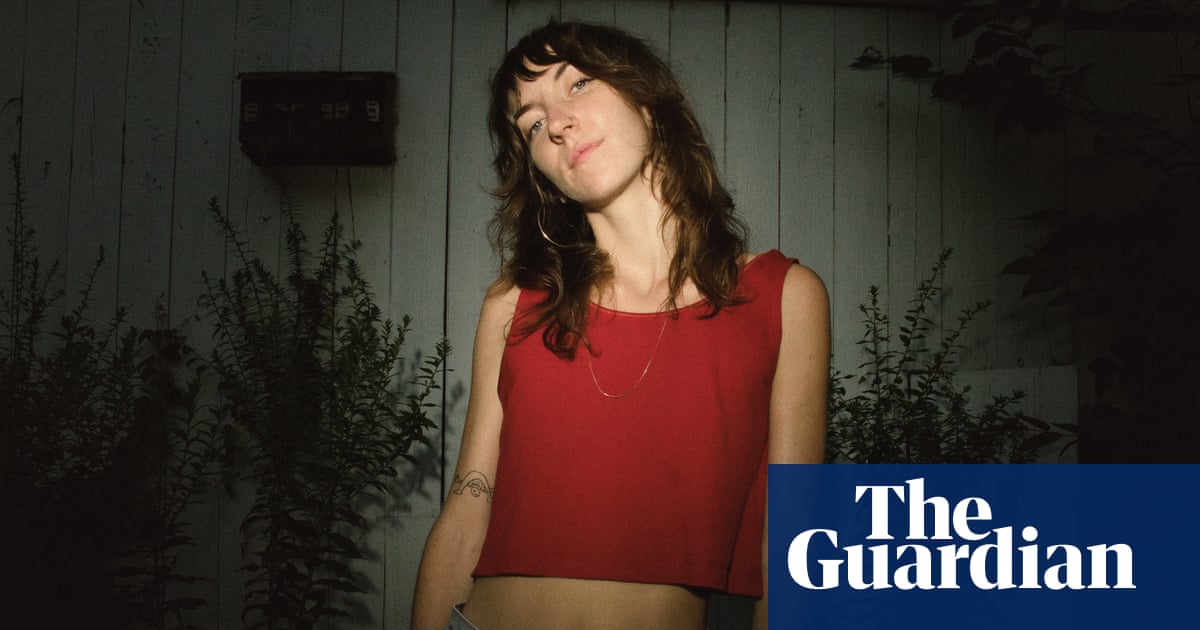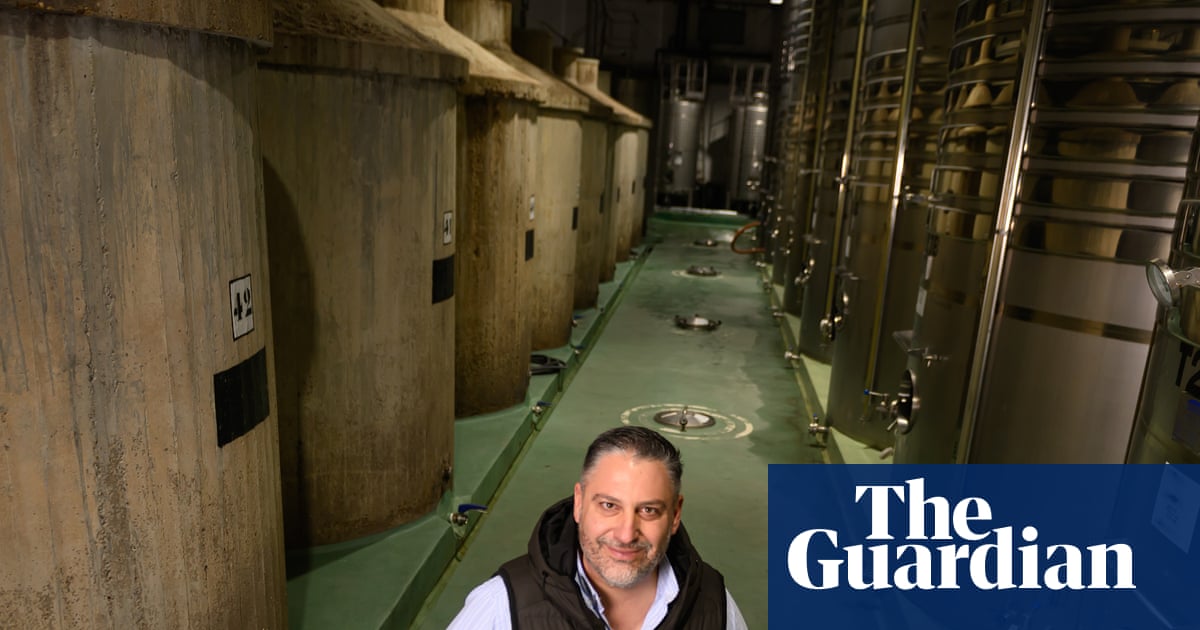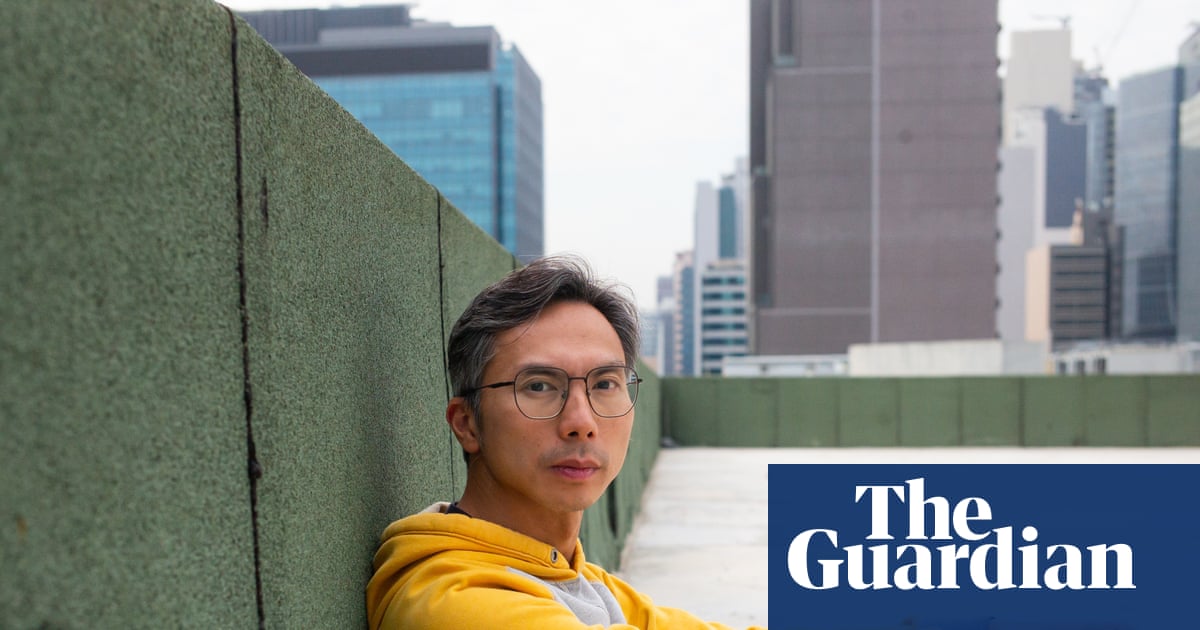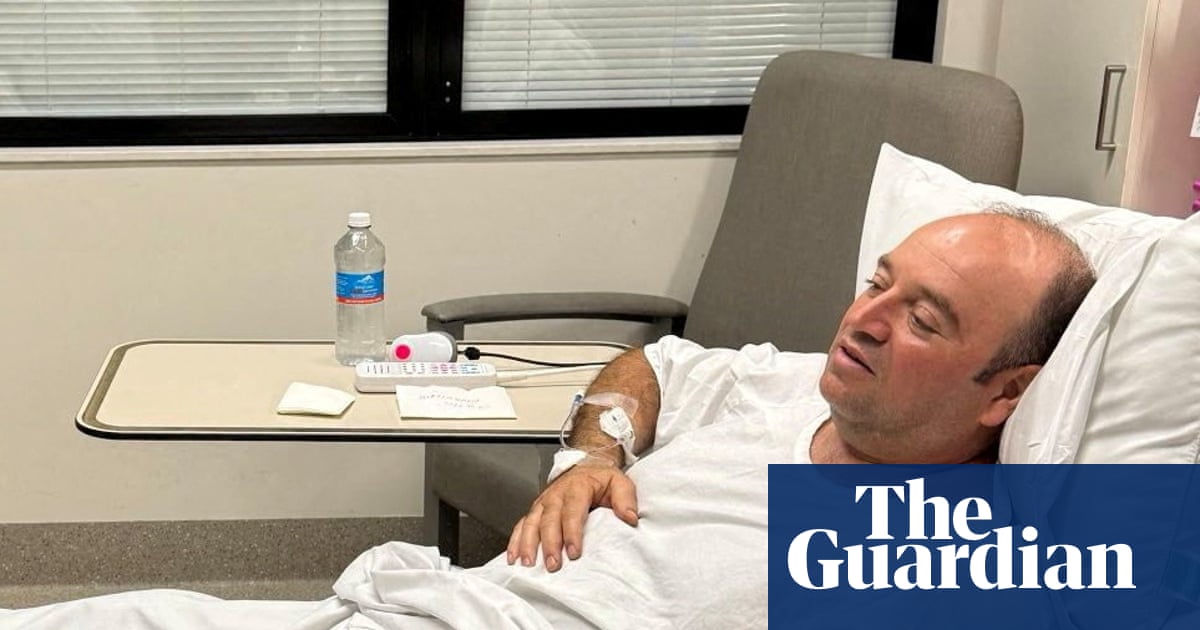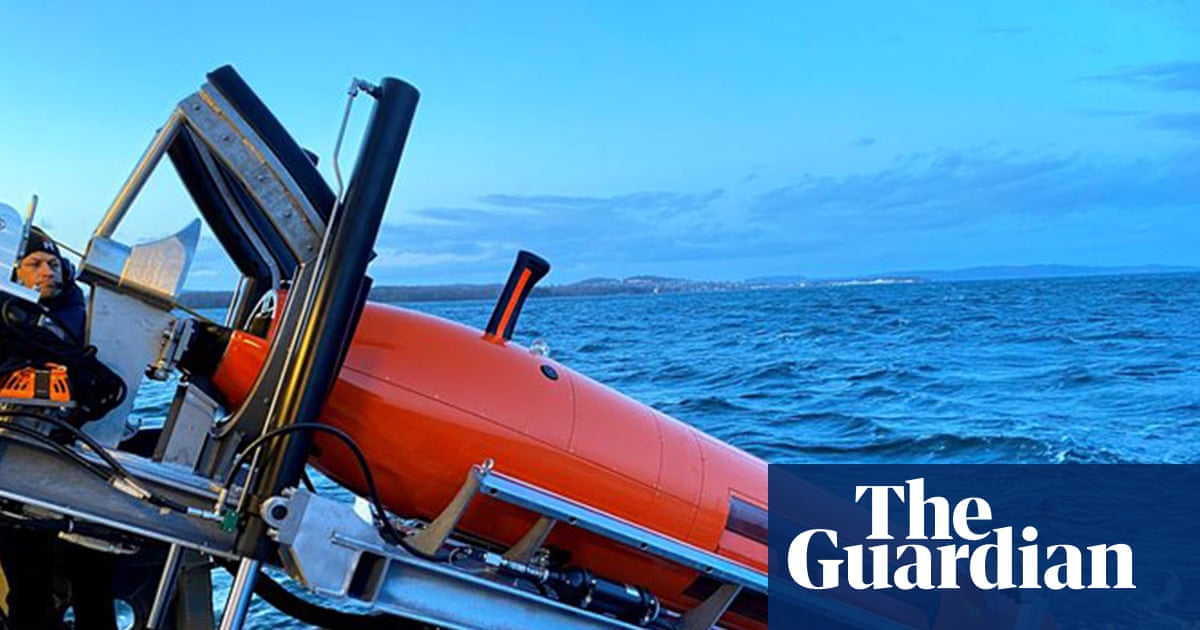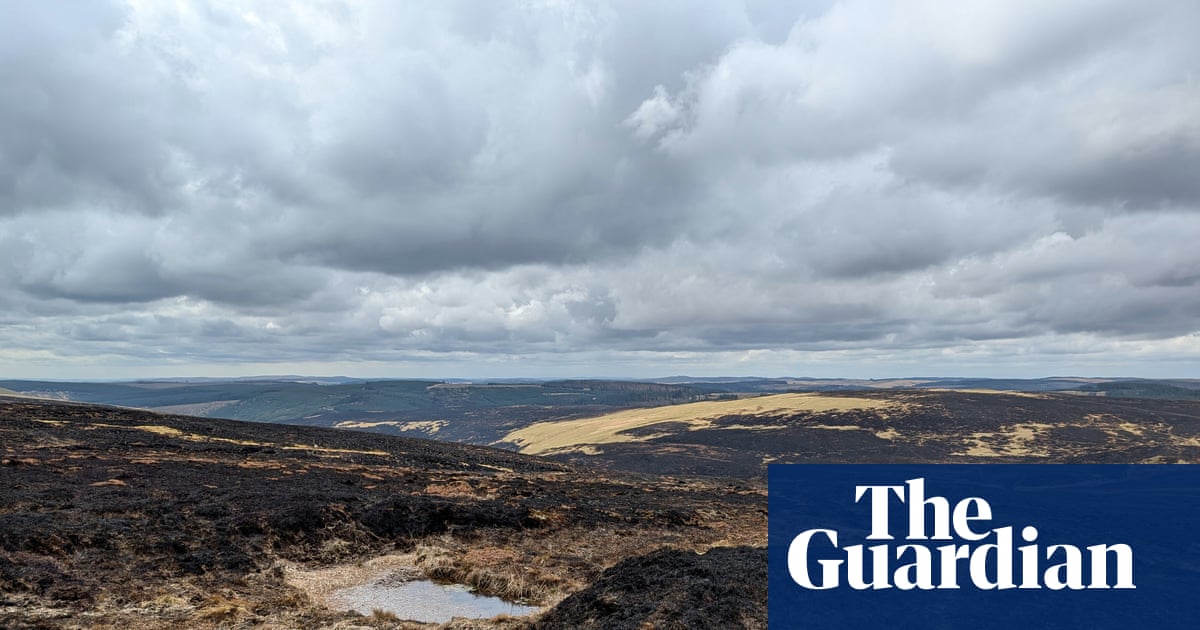On a clear, still morning in early August, Sam Shoemaker launched his kayak into the waters off Catalina Island and began paddling. His goal: to traverse the open ocean to San Pedro, just south of Los Angeles, some 26.4 miles away.
But upon a closer look, Shoemaker’s kayak was no ordinary kayak. Brown-ish yellow and bumpy in texture, it had been made – or rather, grown – entirely from mushrooms. His journey, if successful, would mark the world’s longest open-water journey in a kayak built from this unique material.

With his phone, GoPro camera, walkie talkie, and a compass affixed to his life vest, Shoemaker left shortly before 6am in order to avoid the worst of the swells in the forecast. But three hours in and powering through his ninth mile, the coastline still out of sight, Shoemaker began feeling seasick.
Suddenly, he heard the sound of a large animal breaching the waters. To his left, a fin whale flashed its glistening tail, then trailed slowly behind him. As the 50-ft creature followed him for three more miles, Shoemaker found the strength to finish out the maiden voyage.
“It was just like a psychedelic experience,” he says of the crossing, which took him 12 hours.
As he stumbled onto shore with his mushroom kayak still intact, the artist and mycologist embraced his friends and family. All of them hoped this voyage would usher in a new wave of curiosity about the unconventional fungus material, which Shoemaker and others argue is a more environmentally-friendly option than the plastics that are used extensively in boats and other aquatic recreation.
From gallery walls to open sea
Shoemaker began his career as an artist creating sculptures with propagated mushrooms. Upon returning to Los Angeles after graduating from Yale with an MFA in 2020, he began exhibiting artwork that captured the unique behavior of mushrooms as they grew out of hand-built ceramic vessels and blown glass.
Eventually, his interests grew beyond the gallery walls. Shoemaker now belongs to a small community of scientists and artists exploring the potentiality of fungal innovation as an alternative material that could be used in everything from kayaks and buoys to surfboards.
Their focus is on mycelium – the network of threads that support the growth of fungi and mushrooms. Though it tends to do the brunt of its work underground or in a substrate, it is a pivotal connective tissue in the animal kingdom. Mycelium-based materials in an aquatic context are known as AquaFung, a term coined by Shoemaker’s mentor Phil Ross, an artist and the co-founder of a biotechnology company called MycoWorks that engineers mycelium-based materials including a mushroom “leather” that can be used in furniture, handbags and biomedical equipment. After cofounding MyCoWorks, Ross also opened an open source mycology research lab at Stanford University called Open Fung.
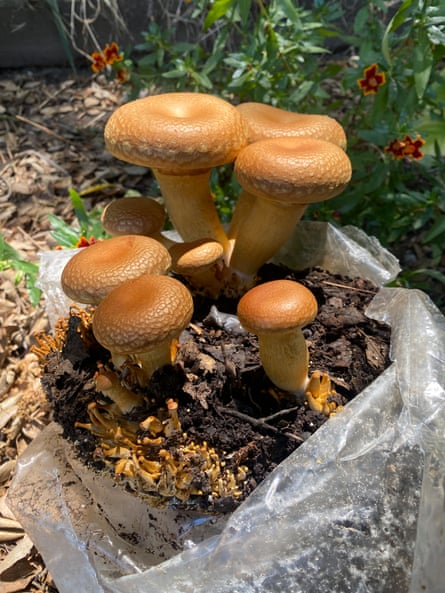
Ross argues that AquaFung has many of the appealing properties as plastic – such as being lightweight and buoyant – but without the harmful footprint. “People hate Styrofoam plastics in the water washing onto shore,” says Ross. “[AquaFung] is biodegradable. It acts a lot like the material that everyone seems to hate.”
Shoemaker began working on his first mycelium boat in 2024 with harvested wild Ganoderma polychromum mycelium outside his Los Angeles studio. He modified a used fishing kayak to serve as his fiberglass mold, then grew the mycelium network inside the mold, which held over 300lbs of inoculated hemp substrate to support the cultivation. After propagating the mycelium for almost four weeks, Shoemaker meticulously dried the resulting kayak composite structure using fans over the course of several months.
After incubation, the dried mycelium exhibits a strong, hydrophobic material. To the touch, it feels rough and durable, like cork. And it doesn’t keep the same consistency in color and texture throughout – a testament to the mushroom’s wildness.
Confident in his prototype, Shoemaker began searching for appropriate support.
Shoemaker met Patrick Reed, the lead curator of the Pasadena-based arts organization Fulcrum Arts, in December 2023 through mutual friends. After a studio visit, Reed was blown away by everything that the artist had to show him, fondly remembering their conversation to be “incredibly exciting and stimulating”. It aligned with Fulcrum Arts’ mission to support artists pursuing social change at the intersection of art and science, and the pair entered into an official collaboration in early 2024.
Shoemaker completed his second mushroom boat in June; grown from the same wild Ganoderma polychromum mycelium, the kayak was propagated on over 520lbs of a hemp hard substrate packed inside a new fiberglass mold. Shoemaker allowed the boat to grow over six weeks, then took another three months to dry it. At 107lbs, the new kayak is three feet shorter, but 50% larger by volume for more buoyancy and stability. It also featured a keel to improve tracking and rigidity.
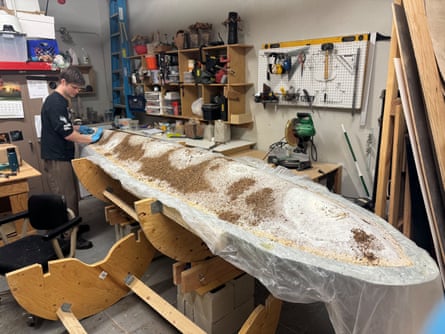
The community of AquaFung enthusiasts, spanning mycologists, artists, fisherman, farmers and hobbyists alike, is vigorous but nascent. The completion of Shoemaker’s boat marks the second ever water-tested mushroom boat to be made after Katy Ayers, who holds the Guinness World Record for growing, then testing, what was then the world’s longest fungal mycelium boat on a Nebraska lake in 2019.
“A lot of people really didn’t think it was possible,” says Ayers, who grew her boat after being inspired by a documentary called Super Fungi. “I had reached out to companies who actually make the biomaterials, and their spokespeople weren’t confident in it working, but I was confident and naive enough to give it a shot and figure out what the shortcomings were.”
The future is … mushroom?
Ayers and Shoemaker credits mycology pioneers like Ross for making the technology more accessible. And mushroom-based materials are slowly beginning to pop up in the mainstream: In 2021, Stella McCartney made headlines with its launch of the world’s first-ever garments made from lab-grown mushroom leather, in consultation with Ross.
Ross calls Sam’s voyage “remarkable”, and hopes it inspires other scientific institutions to take this work more seriously. “[Sam] did it before Stanford and Caltech, and it happened in his backyard. This whole field is led by designers and artists, and it’s not because they’re the best scientists, but they are aware of the future before everybody else.”
But Shoemaker is wary of promising that mushrooms will revolutionise the industry just yet. He points out that it required a year’s worth of time and resources to produce just one kayak, one that still remains slower and heavier than a store-bought ocean kayak.
“People talk about mushrooms being this utopian future where plastic problems go away, [but] this is not the silver bullet where boats are easier to make,” he says. “I’m pleased with how far this project has gone, but there’s a long way to go.”
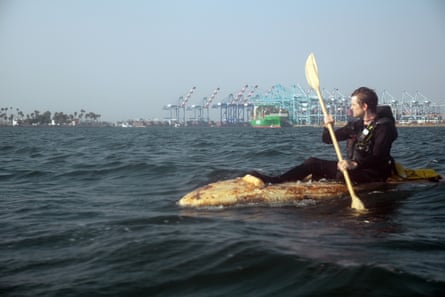
For now, he plans to continue the dialogue with other artists, mycologists and hobbyists, and make his open-source compendium, with over 70 pages of research, methodology and diagrams, available to the public. A full exhibition of his materials and kayak will take place at the Fulcrum Arts’ space in Pasadena in October.
“There’s probably some 19-year-old kid out there who thinks ‘I could do that,’ and they can,” says Shoemaker. “The biggest compliment that they could pay me is to go and build a better boat and attempt a crossing even more ambitious than mine.”
After Shoemaker’s success, Ayers also sees hope for a more fungal future.
“I’ve been waiting for somebody else to do this for years now. The first thing I thought when my boat went out was, ‘Please somebody try and beat this record because that gives me a reason to try again,’” she says. “If we can continue to inspire each other and make better things, who knows, maybe we’ll see a floating colony of mushroom houses.”

 3 months ago
60
3 months ago
60


